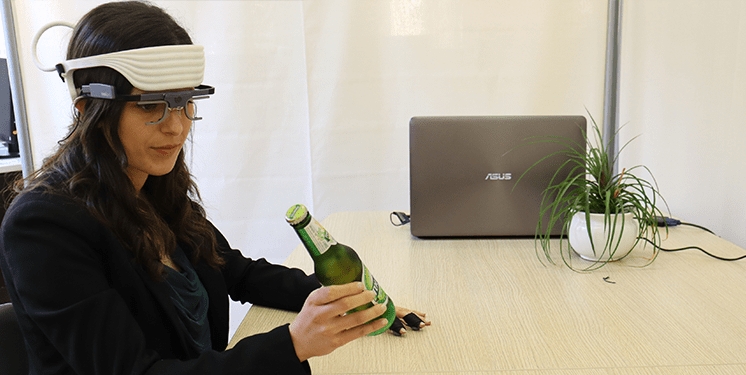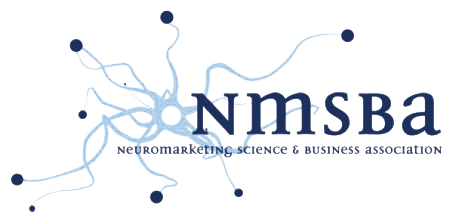Customer Experience
By neuromarketing testing tools we can measure unconscious reactions that people experience during their visit to a store, either while they are consuming products or just looking at products on the shelves and during food and drink tastings.
Fast Navigation
Measuring physiological reactions with these innovative indicators is extremely performant as advanced knowledge in neuroscience has demonstrated that instinctive unconscious processes are key drivers in the motivation of human behavior but are difficult to reveal in verbal interviews as most of them are unconscious.
Better knowledge of such perceptions provides interesting insights in order to better refine products and packaging, to improve the cordiality perceived in retail expositions, to optimize product related elements (packages, shapes, colors, materials, position). It is also possible to study space perceptions, in terms of light effects, colors, or furniture position, to understand the perception of food or drink.
BrainSigns’ methods, knowledge and testing experience, underly the innovative tests for Customer Experience, focusing on the effect of spaces and gastronomic products or drinks on consumer perception that highly affect the purchase decision process. This implies investigating the instinctive physiological reactions of consumers moving in a real context, during their experience.
In particular, the application of neuro-scientific methods to the Food & Beverage sector can help understand consumers in their food choices and also allows a better analysis of the processes activated about food or drinks during the tasting experience.
Technologies involved are the following:
Gallery
View the embedded image gallery online at:
http://brainsigns.com/en/services/neuromarketing/customer-experience#sigProIdf02f6fcb63
http://brainsigns.com/en/services/neuromarketing/customer-experience#sigProIdf02f6fcb63
What you will get:
The indicators used allow to infer level of interest and emotion and to detect the direction of the gaze in relation to the stimuli perceived.
For example it is possible to:
- Find out how to attract, engage, and motivate the customer towards making a purchase
- Find out which products are most interesting
- Discover if the change of product position affects consumer interest, attention and emotion
- Understand which packages elicit positive emotions
- Discover if new products draw higher attention of the previous ones
- Discover which product elements generate confusion or are negatively perceived
- Understand how to improve store layout and design to increse sales
- Understand how specific atmospheric elements affect consumer experience (lighting, music, scent, colour)
About food and drink it is possible to:
- Understand which product gives the most visual, olfactory and flavours satisfaction
- Understand how some sensory elements, such as smell or taste, influence the perception of a product and consumers in food choices
- Have indications, not achievable verbally, to improve the gastronomic experience









